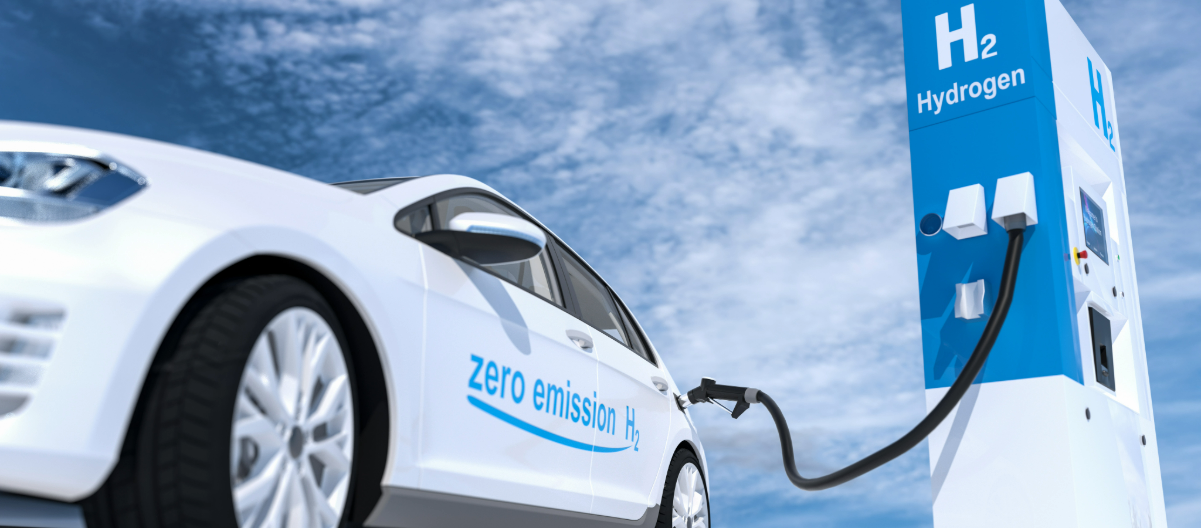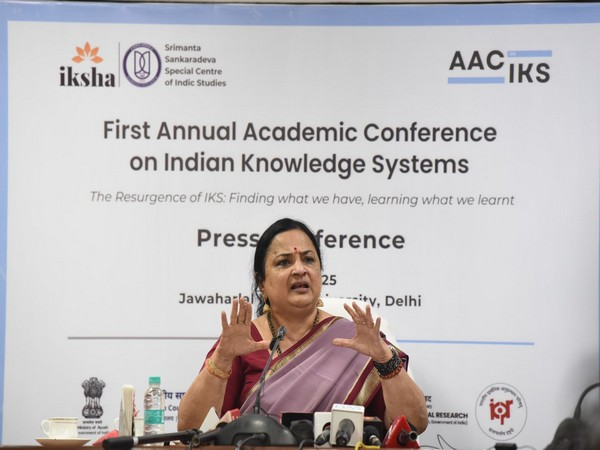Hydrogen Fuel Cell Innovation
IITs collaborate on clean hydrogen energy tech
Chhattisgarh has debuted India’s first commercial hydrogen powered fuel cell truck, developed by Adani Enterprises and partners, to transport up to 40 tonnes of coal across a 200 km route emitting only water vapour. Concurrently, DST backed pilots are powering telecom towers with PEM hydrogen cells in Pune , and Nitin Gadkari continues pushing National Green Hydrogen Mission goals.
Tech Features
The Adani hydrogen truck integrates three high pressure tanks and fuel cells to generate electricity quietly and cleanly. The telecom tower solution employs plug and play PEM cells capable of powering multiple towers replacing noisy diesel gensets and cutting emissions by 100%.
Strategic Importance
These developments mark India’s transition from concept to deployment in hydrogen mobility and energy backup. With diesel trucks and telecom towers contributing significantly to carbon emissions, the shift to hydrogen aligns with India’s zero emissions ambition for 2070.
Supportive Framework
Under the National Green Hydrogen Mission (₹19,744 cr), the government funds pilot projects including ₹208 cr for buses, trucks, and refuelling infrastructure via ARAI and MNRE. Private players like Tata, Reliance, and Adani are establishing electrolyser gigafactories and hydrogen corridors.
Barriers & Considerations
Key challenges remain hydrogen storage and transport costs, electrolyser pricing, water availability, production via green electricity, and infrastructure rollout. Vehicles and trucks have capacity, but consumer cars, like hydrogen ICE sedans vs. BEVs, still lag in cost and convenience.
Future Path
Expect ramped up trials of hydrogen buses, deployments at telecom poles, expansion of refuelling networks, and integration into long haul freight and logistics. Wider adoption depends on policy support, renewable power access, and cost parity.





 JNU hosts inaugural Indian Knowledge Systems conference
JNU hosts inaugural Indian Knowledge Systems conference  Flooding kills eight at Nepal China border Friendship Bridge
Flooding kills eight at Nepal China border Friendship Bridge  DTU and University of Houston ink 5‑year academic collaboration
DTU and University of Houston ink 5‑year academic collaboration  Ohtani starts MLB All Star again
Ohtani starts MLB All Star again  US federal officers deploy tear gas during CA farm immigration raid protests
US federal officers deploy tear gas during CA farm immigration raid protests